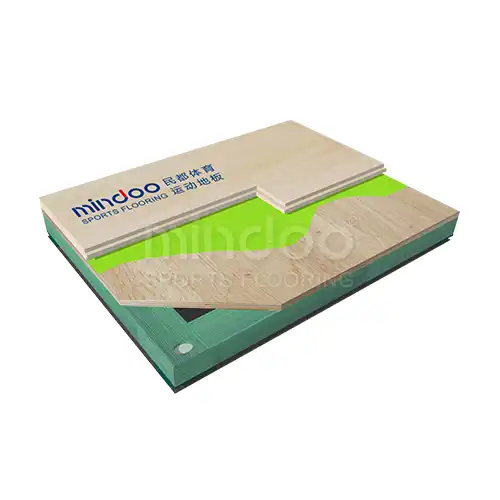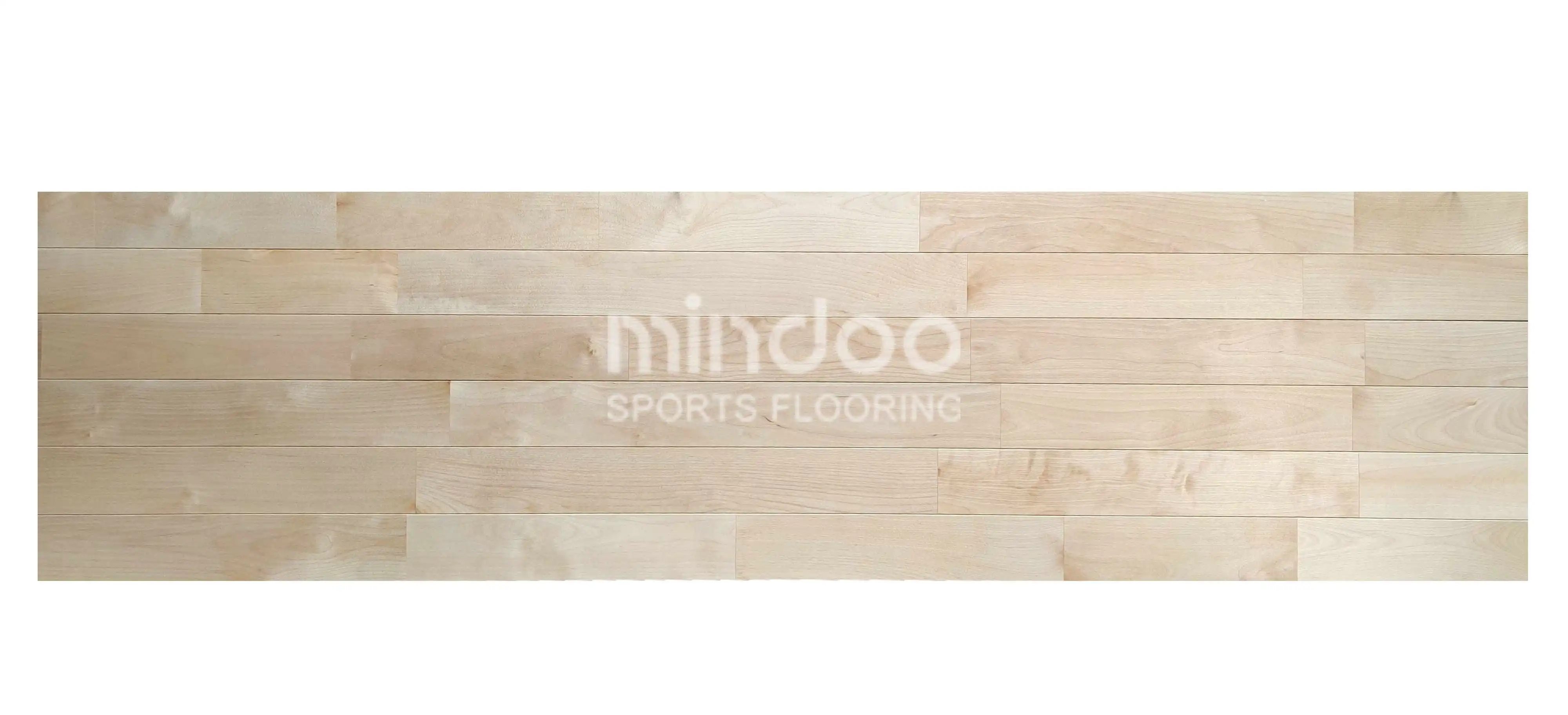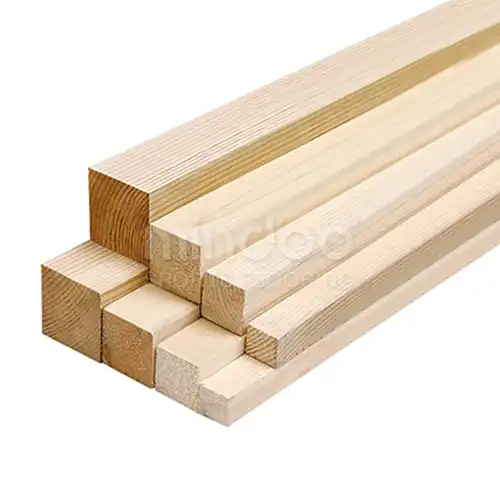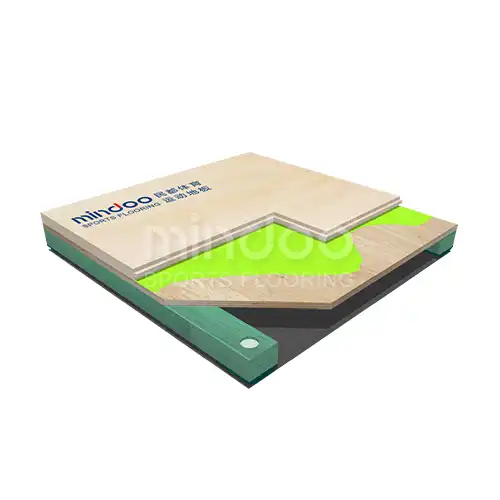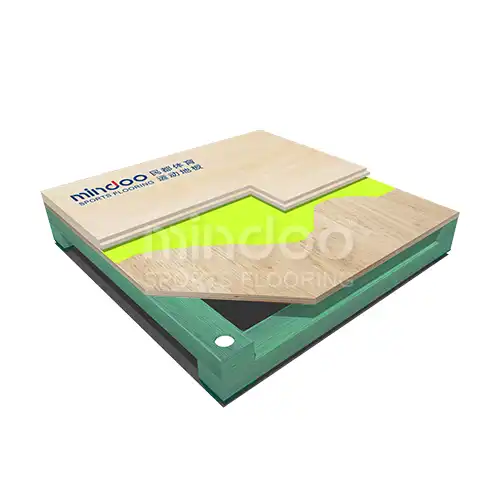A Step-by-Step Guide to Refinishing Sports Hardwood Floors: Process and Key Considerations
Why You Need to Refinish Your Sports Hardwood Floors
Sports hardwood floors take a lot of wear and tear. Whether it’s from countless basketball games, volleyball matches, or even indoor track events, these surfaces are designed to handle rigorous physical activity. However, over time, even the most durable floors begin to show signs of use—scratches, scuff marks, discoloration, and even areas where the finish has worn thin. Refinishing is the process of restoring your floor’s original shine and function, making it both safe for athletes and visually appealing for spectators.

In this guide, we’ll break down the steps of refinishing a sports hardwood floor, the equipment you’ll need, and some key considerations to ensure the process goes smoothly.
Step 1: Preparation is Key
Before diving into sanding and polishing, preparation is crucial. Start by removing all furniture, fixtures, and any other items from the gym or court. This includes bleachers, nets, and anything that could get in the way of the refinishing process.
Once the area is clear, clean the floor thoroughly. Dust, dirt, and debris can interfere with the sanding process, leaving uneven patches or damaging the sanding equipment. A high-quality vacuum cleaner designed for commercial floors is essential for this step. You can also use a damp mop, but ensure the floor is completely dry before moving on to the next phase.
Step 2: Sanding the Floor
Sanding is the most important—and most labor-intensive—step of refinishing. It removes the old finish, scratches, and imperfections, providing a fresh surface for new coats of sealant.

- Choose the Right Equipment: For sports floors, a drum sander is typically the best choice. This powerful machine can cover large areas quickly and evenly. You’ll also need an edger to get into the corners and edges where the drum sander can’t reach.
- Start with Coarse Grit Sandpaper: Begin with a coarse grit (around 36–40) sandpaper to tackle the rough spots. Be patient—this is the most important step for eliminating deep scratches and worn-down areas. Once you’ve gone over the entire floor, switch to a medium grit (60–80) to smooth things out, followed by a fine grit (100–120) for a polished finish.
- Keep It Even: The key to successful sanding is maintaining a consistent motion. Avoid pressing too hard or going over the same spot repeatedly. This will ensure a uniform surface and prevent gouges or uneven patches.
Step 3: Clean Thoroughly Again
After sanding, it’s time to clean the floor again, and this time, it’s even more important. Sanding leaves behind a lot of fine dust, which can interfere with the application of your new finish.
Use a commercial vacuum to remove the sanding dust, followed by a damp mop to get any remaining particles. Let the floor dry completely before proceeding to the next step.
Step 4: Apply the Finish
Now comes the exciting part—adding the new finish. The type of finish you choose will depend on several factors, such as the type of sport, the frequency of use, and whether the floor will be used for competitions or general recreational activities. Most sports floors use a polyurethane finish, which is durable and provides excellent protection.
- Choose Between Water-Based or Oil-Based Polyurethane: Water-based finishes tend to dry faster, emit fewer fumes, and offer a clearer, shinier finish. However, oil-based polyurethane often offers greater durability for high-traffic areas.
- Application Process: Use a roller or brush to apply the first coat of finish. Start at the farthest corner and work your way back towards the exit to avoid stepping on the freshly applied surface. Apply the finish in thin, even layers, and allow each coat to dry for the recommended time (usually 4–6 hours). Lightly sand between coats with fine-grit sandpaper (220-grit) to ensure a smooth, even finish. Typically, two to three coats are recommended.
- Final Inspection: Once the final coat has dried, inspect the floor for any imperfections or areas that may need touch-ups. If necessary, lightly sand and apply a final layer of finish.
Step 5: Allow for Full Curing Time
Although the floor may look dry after the final coat, it’s important to let the finish cure properly. This process can take anywhere from 48 to 72 hours depending on the type of finish and environmental conditions. During this time, avoid placing any furniture or heavy equipment on the floor, as this can cause indentations or damage to the finish.

Key Considerations for Refinishing Sports Hardwood Floors
- Timing Matters: Try to schedule the refinishing process during a downtime when the floor won’t be in use for several days. The entire process, including drying time, can take several days to complete, so plan accordingly.
- Ventilation is Crucial: Whether you’re using water-based or oil-based finish, proper ventilation is essential to prevent inhaling fumes. Make sure the space is well-ventilated with open windows and fans if possible.
- Professional Help vs DIY: While refinishing a floor can be a DIY project, it’s a labor-intensive process that requires the right equipment and technique. If you’re not confident in your ability to use a drum sander or achieve an even finish, it may be worth hiring a professional to ensure the job is done correctly.
- Safety First: Always wear appropriate protective gear such as safety goggles, a dust mask, and ear protection when sanding and applying finishes. The chemicals in some finishes can be harmful, and the sanding process generates a lot of dust.
Refinishing a sports hardwood floor isn’t just about making it look new—it’s about preserving its functionality and safety. A properly finished floor enhances the playing experience, reduces the risk of injury, and extends the life of the court. By following these steps carefully and paying attention to key details, you can bring your sports floor back to life, ensuring it’s ready for the next game, season, or tournament.
